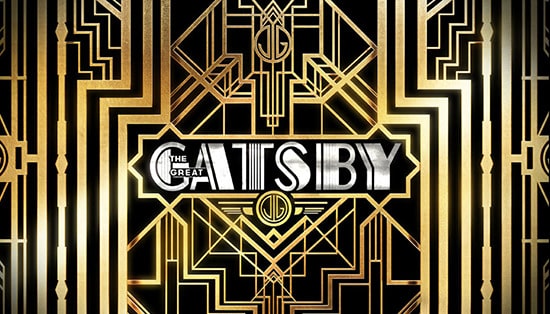
Unraveling the Enigma of Jay Gatsby
Jay Gatsby is the iconic and enigmatic central character in F.Scott Fitzgerald’s classic novel, “The Great Gatsby”, which was published in 1925. He has long captivated readers with his mysterious charm and opulent lifestyle set against the backdrop of the Roaring Twenties. The novel explores the themes of wealth, love and the American Dream. As a central figure of the novel, Gatsby is both mysterious and fascinating, as he embodies the spirit, glamour and decadence of the Jazz Age while also reflecting it’s darker side . Below is the book you can purchase through Amazon – with a few different highly rated versions available.
Born into a poor farming family in North Dakota, as a boy – James Gatz explored the shores of Lake Superior gaining fitness whilst discovering the natural world. Later, he returned to that same lake doing fishing work in the Summer after shortly dropping out of college in Minnesota, from being forced to work as a Janitor to pay for his tuition fees. By the time he turned 17, and in search for a new identity, he left his family and changed his name to Jay Gatsby, something he had been cleverly crafting ever since. One day whilst working digging for clams, he spotted a yacht owned by Daniel Cody – a wealthy Copper Tycoon, and rowed out to warn him of an impending storm, saving his yacht from destruction. The grateful Cody took young Gatz aboard his yacht as his personal assistant, and by then he went by the name Jay Gatsby. He lived with Cody for 5 years, during which time he mentored the young Gatsby about social etiquette, how to dress and behave amongst the wealthy. Gatsby in turn, looked after him during his drunken binges and promised Gatsby an inheritance of $25,000, which he never received, as he was betrayed by Cody’s wife.

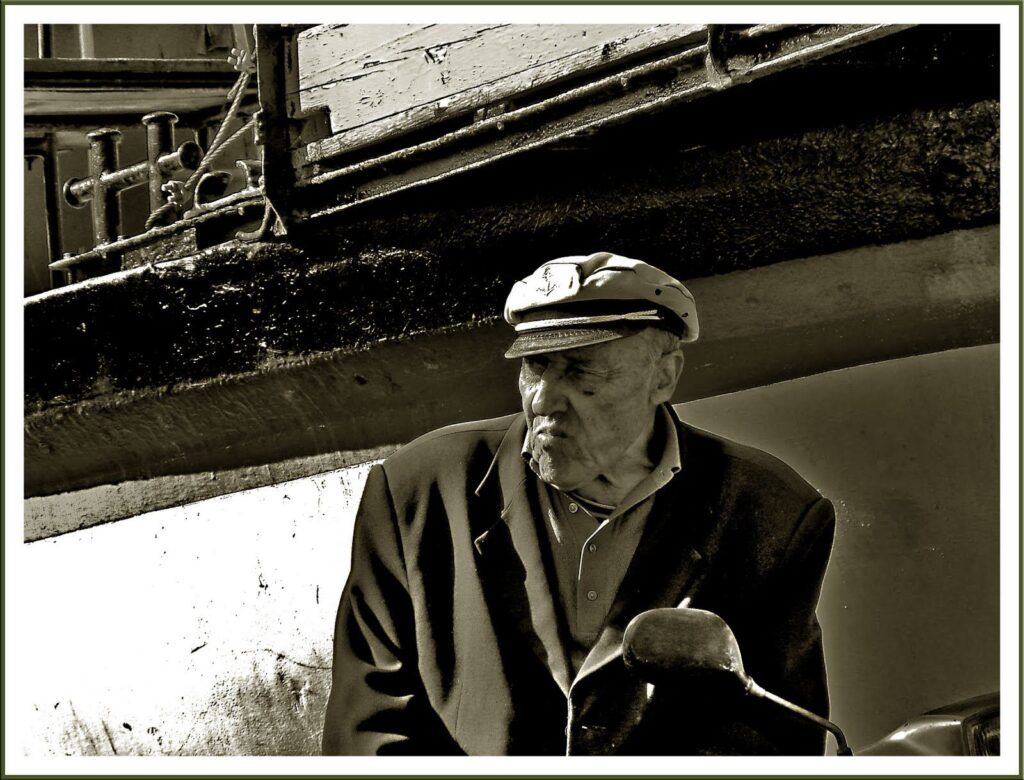
Gatsby went on to enlist in the army, to fight during WW1. Through a combination of hard work, determination, and a strong belief in the American Dream, Gatsby transforms himself into a wealthy and sophisticated man, during the prohibition. His persona lived beyond fiction, and his character was a celebration of excess and a pursuit of the American Dream, which left an indelible mark on the decade’s culture. He was known for his extravagant parties at his opulent home on Long Island, which attracted much attention and curiosity.
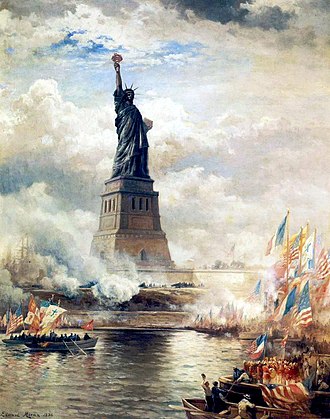
However, despite his wealth and the air of success that surrounds him, Gatsby was a mysterious figure in society, his source of wealth was shrouded in rumours and speculation, but it was revealed that he made his money bootlegging alcohol during the prohibition, buying up several pharmacies, and selling illegal alcohol over the counter. He built a house in West Egg on Long Island New York, still driven by a unwavering love for Daisy Buchanan whom he met and fell in love while he was at training camp, before going off to Europe during World War 1. After the war he attended Oxford University. However during this time, Daisy married Tom Buchanan who was a wealthy but arrogant man. But Gatsby aimed to win her back as he planned an extravagant lifestyle and had a relentless pursuit of an idealized version of love, which consumed him, leading him to make reckless decisions, that would ultimately result in his downfall.
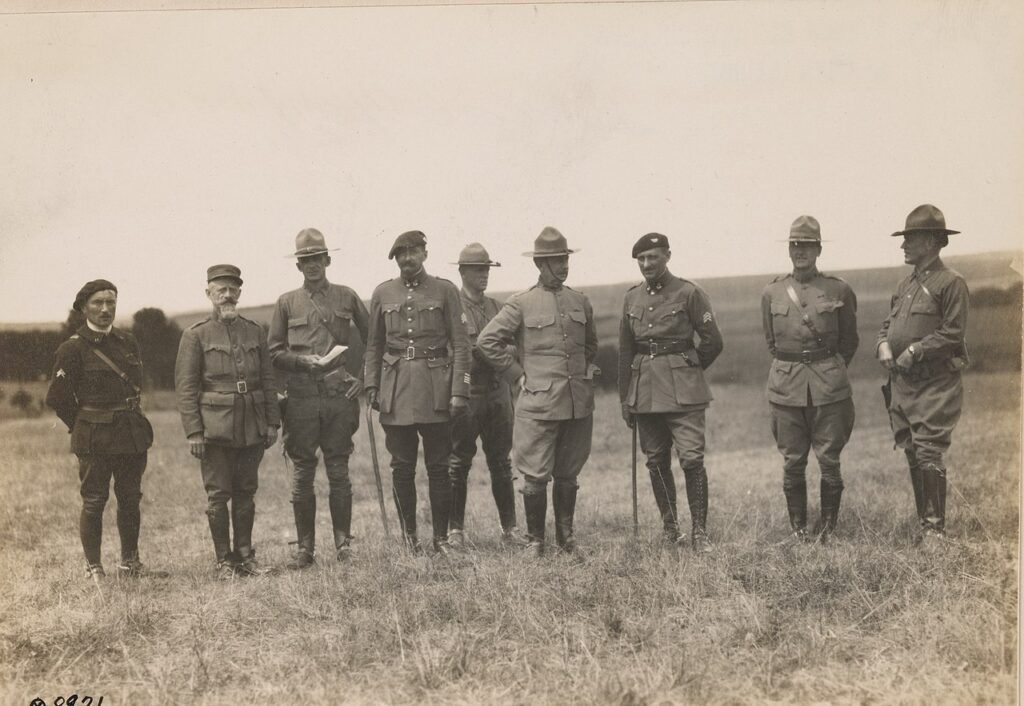
Following the end of World War I, American society leaped into an era of unprecedented economic prosperity. Jazz music filled the air, speakeasies buzzed with the excitement of the forbidden, and fashion took a liberating turn. The character of Jay Gatsby emerged as more than just a figure of indulgence, but as a commentary on the emptiness of the pursuit of wealth and the fragility of dreams in a society obsessed with superficial success.
Gatsby’s persona and lifestyle are central elements in F. Scott Fitzgerald’s novel “The Great Gatsby” He was a mysterious and enigmatic character with his lifestyle characterized by wealth, luxury and pursuing the American Dream. Read all about his life in this book today. Some key aspects of his persona and lifestyle are depicted in literature, and include these elements.
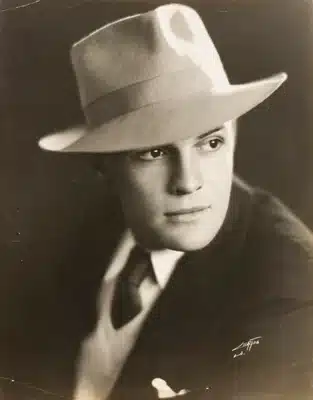
Firstly, his immense wealth (which was acquired through mysterious means), showcases opulence and luxury during his extravagant parties at his mansion. Then he is seen as a mysterious figure, as much of his past is shrouded in secrecy as his source of wealth, adding to the enigma surrounding him. His elusive persona contributes to the intrigue and fascination others have with him. His entire life was dedicated to achieving the American Dream, which he saw as defined by wealth, grandeur, social status, and the pursuit of happiness, with a belief in the possibility of reinventing oneself whilst achieving success in America.
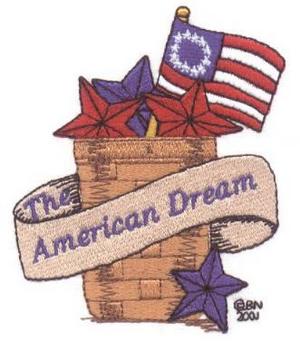
Gatsby was also deeply fixated on the past, with nostalgic reflections of his love for Daisy, whom is central to his character. He believed that recreating the past, he can recapture lost opportunities and happiness. Despite his social standing and vibrant parties, he was a lonely man. His lifestyle and wealth were tools he used to attract others, but remained isolated and disconnected from those around him. The superficial nature of his relationships is highlighted as he longs for a deeper connection with Daisy. Gatsby’s character was of noble qualities, but that of a tragic hero due to his relentless pursuit of the American Dream, and his inability to let go of the past, contributed to his tragic fate. He died at age 32 from a gunshot wound fired by George Wilson as revenge for killing his wife and Gatsby’s alleged lover, in a hit and run.
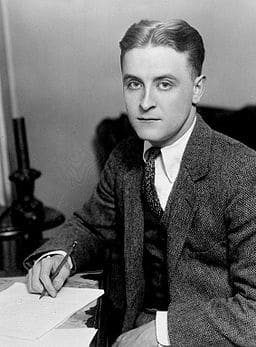
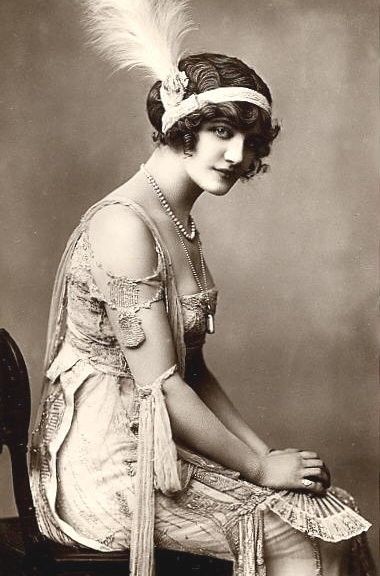
The cultural impact, societal norms and values of 1920’s America are depicted in the life of Jay Gatsby, and his novel reflects the spirit of the Jazz Age, cultural dynamism, and a general sense of rebellion against traditional norms. His lavish parties and lively atmosphere mirror the exuberance of the Roaring Twenties. The exploration of the American Dream has a profound impact on how people perceive the pursuit of success and happiness. Gatsby’s tragic story serves as a cautionary tale about the pitfalls of relentless ambition, and the emptiness of material success.
Gatsby’s lifestyle symbolized the excesses of the era, especially the decadence that characterized the 1920’s. The novel’s portrayal of wealth as both alluring and destructive has influenced discussions on materialism and it’s consequences in American society. It reflects the social stratification of the time where people attempt to climb the social ladder, highlighting class tensions and the changing nature of American society. The story delves into the evolving roles of women in the 1920’s and characters who represent the changing expectations for women reflecting the emergence of the “flapper”, with a shift towards more liberated and independant roles.
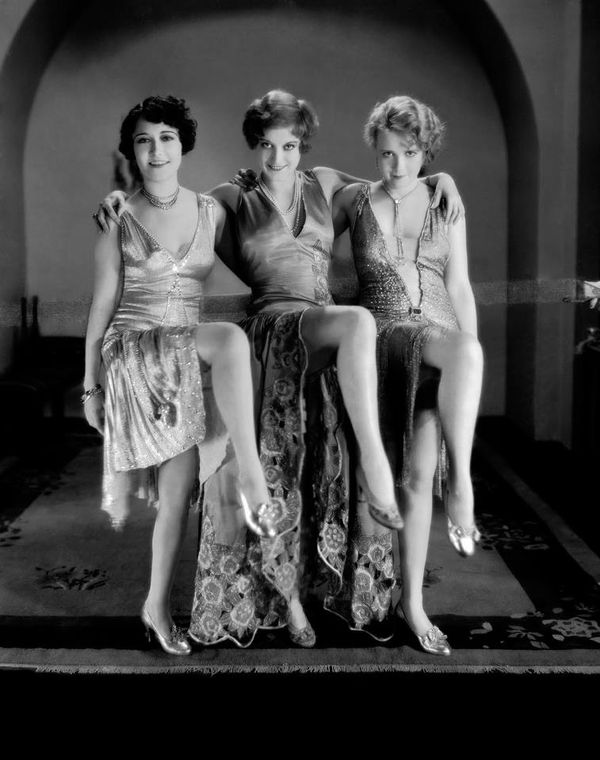
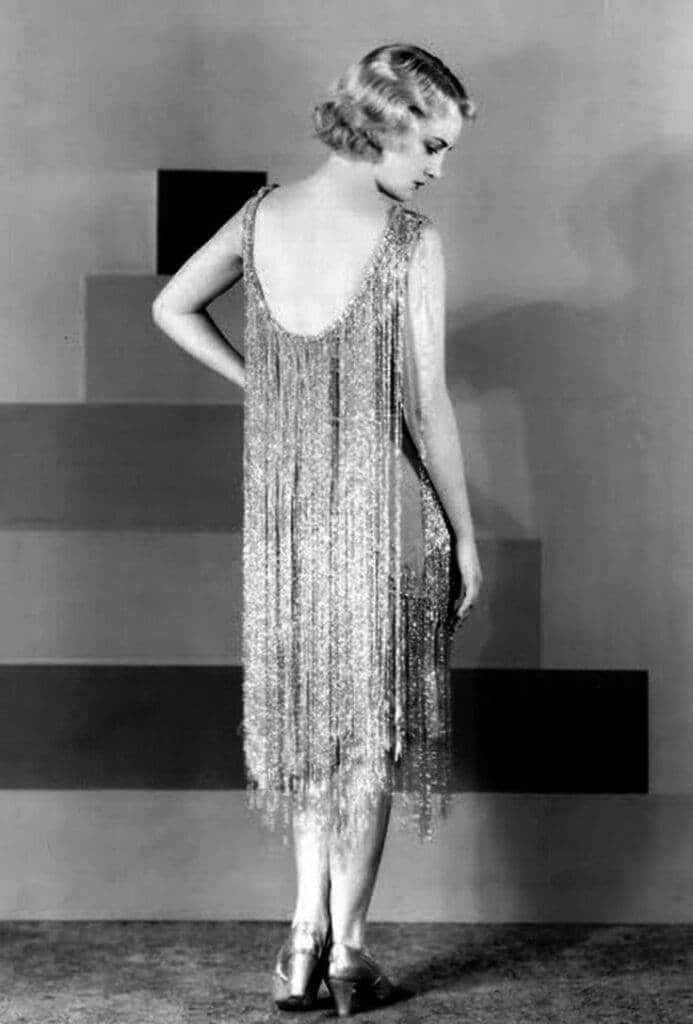
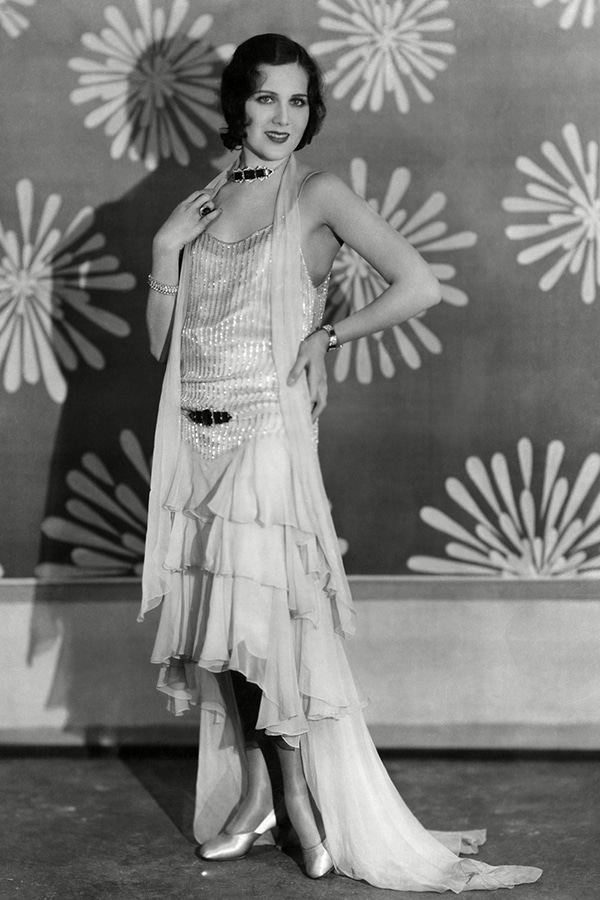
*As an affiliate, I may earn a commission when you click on a link and make a purchase through this site*
Jay Gatsby’s elegance and style had a significant influence on men’s fashion during the 1920’s. In the novel, his character provides a vivid portrayal of Gatsby’s sophisticated and stylish wardrobe, which, in turn, contributed to shaping fashion trends of the time. He is often described as impeccably dressed, especially in formal or evening wear. He showcased the epitome of dapper style, with well-tailored tuxedos, bow ties, and crisp dress shirts. This formal elegance influenced men to adopt more refined and tailored evening wear for special occasions, contributing to a shift away from the more conservative styles of previous decades.
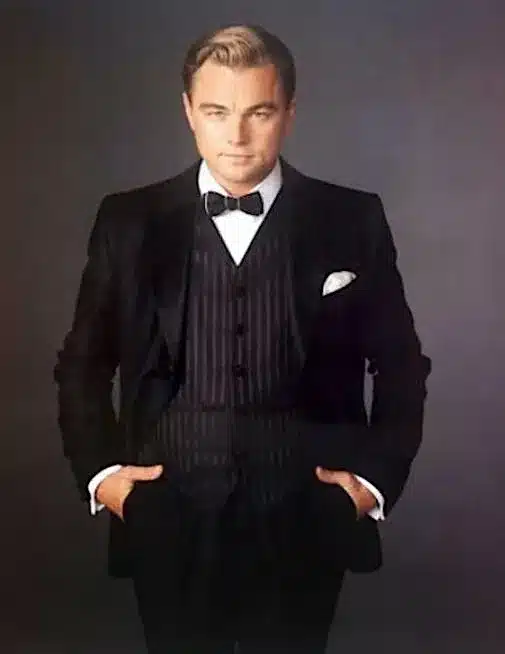
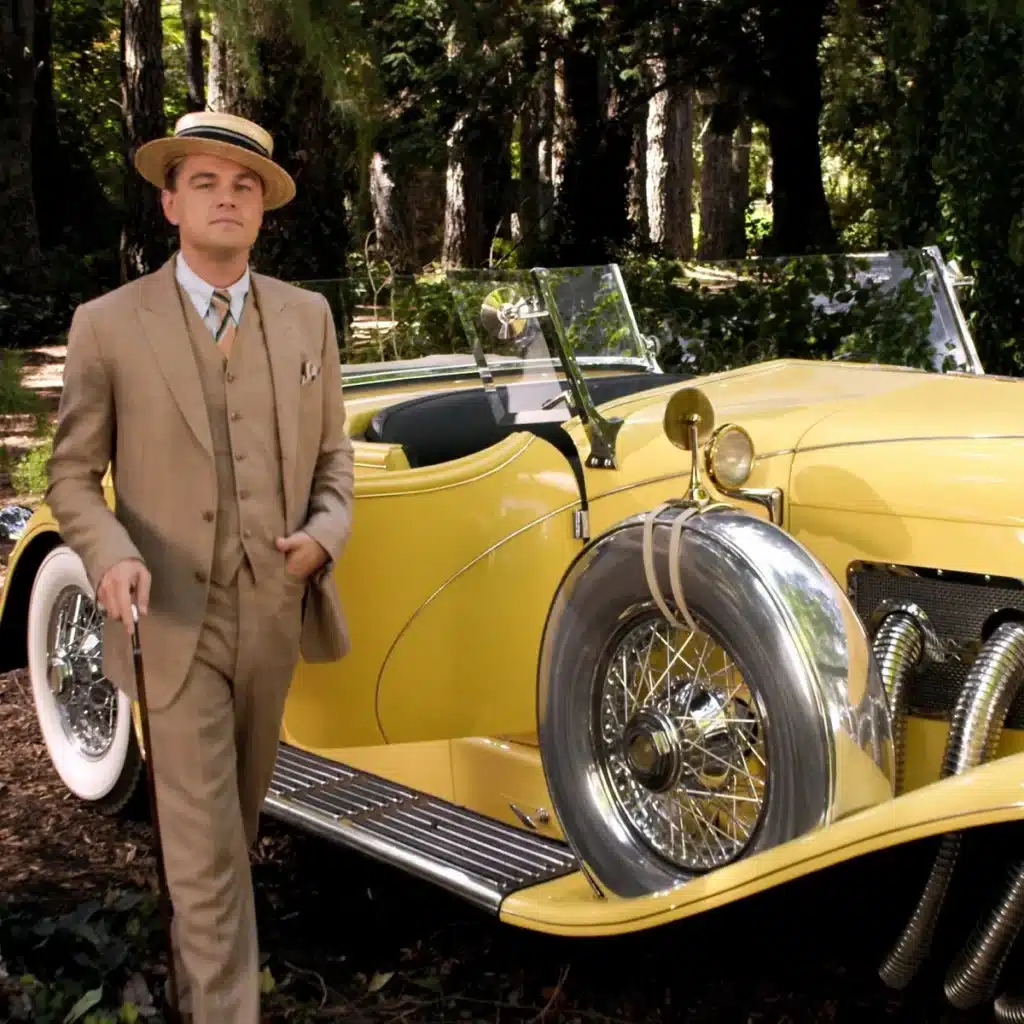
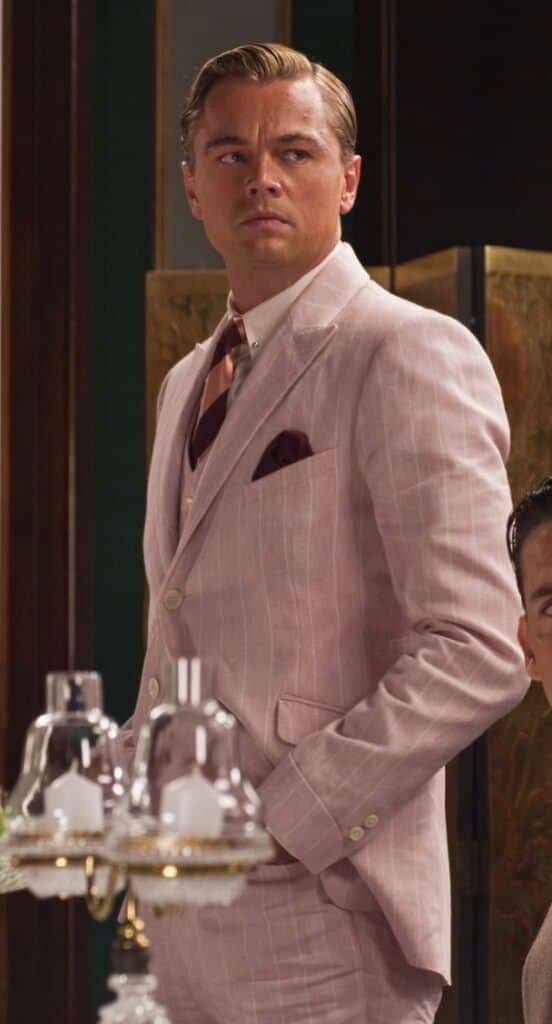
Taking a look inside his wardrobe, we recognize some familiar pieces worn during this era, as he was a leader of fashionable attire. Learn more about the suits or sets inspired by his wardrobe at various prices online.
*Oxford Bags and Wide Trousers – The popularity of these wide-legged trousers grew as men sought to emulate Gatsby’s fashionable look, steering away from the slim and straight cuts that were prevalent in earlier years. Baggy trousers can be seen here at Etsy – some styles are still available.
*Two toned shoes – A more daring and stylish approach to men’s footwear with contrasting colours in the toe and heel areas, this style of footwear became a popular choice for men seeking to add a touch of sophistication to their outfits. Contemporary oxfords can be found here online. Learn about more bespoke styles right here at Etsy.
*Bow Ties and Ascots – Adding a touch of refinement to his overall look, Gatsby often sported bow ties and ascots (cravats), that subsequently influenced men to experiment with their neck wear, moving away from traditional long ties. A surge grew in the 1920’s of these fashionable accessories. For the elegant gent – you can’t go past these fancy styles here. For more contemporary ties and ascots look at what’s available at this store now.
*Hats and Headwear – Frequently being seen worn by Gatsby were Boaters, Fedoras and Homburgs which contributed to the revival of hat culture among men in the 1920’s. Search no further than these classic hats right here at Etsy. A variety of summer and winter hats can be found through Amazon – many styles to choose from.
*Casual Sportswear – Though more known for his formal wear, Gatsby liked to don casual sportswear such as tennis attire, showcasing a more relaxed and comfortable side to men’s fashion. However, it also contributed to a more casual and laid back approach to dressing, reflecting the changing attitudes of the era.
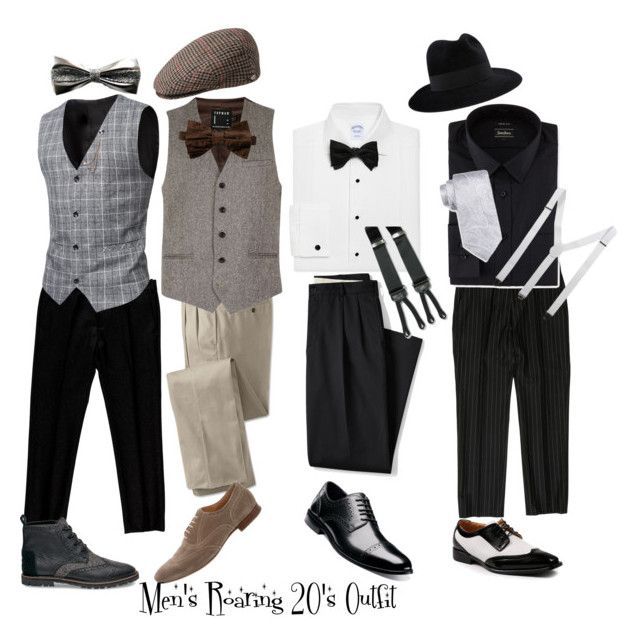
Gatsby’s influence in fashion trends was characterized by the exuberant Jazz Age and newfound freedoms, which inspired fashion designers and enthusiasts alike. The iconic flapper style has transitioned from fiction to reality in today’s fashion trends. The vintage dresses with their dropped waistlines, fringes and loose silhouettes, have become popular elements in modern fashion, but often reinterpreted to suit contemporary tastes. His influence on men’s fashion was seen as a leader, and here are some classy outfit pieces can be sourced through Etsy – if you’re looking for ideas to put together an outfit for your man, try these out today.
The Art Deco movement reflected in the novel’s descriptions of opulent settings and extravagant lifestyles influenced fashion styles in geometric patterns, bold lines and luxurious embellishments. Other Art Deco influences were featured in jewellery, headpieces and elaborate accessories, inspiring the resurgence of statement pieces in modern fashion among designers such as pleated skirts or dresses, and incorporating Art Deco elements in their work. Fashion designers also were inspired to create luxurious evening wear featuring sequins, beads, and metallic fabrics reminiscent of the Roaring Twenties and incorporate them into formal dresses today. Pleats that added movement and texture remained fashionable for many decades, so add a little pleat to your vintage inspired wardrobe with these great colours available today.
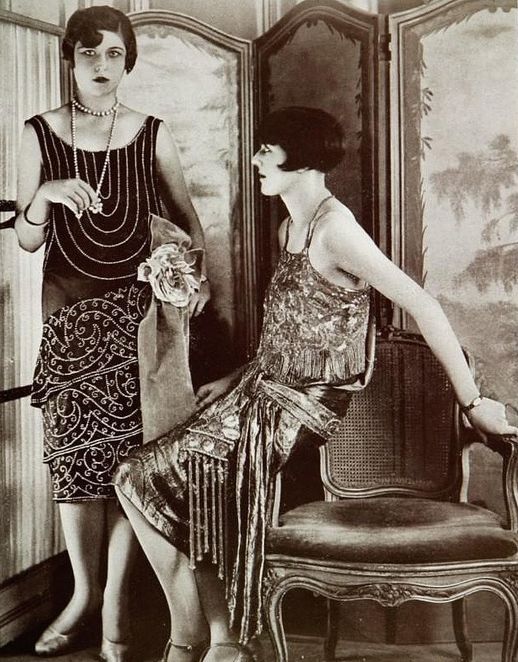
Gatsby’s suave and sophisticated style has had an impact on men’s fashion and styles reminiscent of the 1920’s tailored suits, suspenders, and sleek hairstyles have made a comeback, reflecting a desire for a timeless and classic aesthetic. Like a well-tailored suit, Gatsby’s impact on 1920’s fashion was impeccably fitted to the times. His extravagant tastes and charismatic allure painted a picture of the ideal man of the era; he was both a trendsetter and a reflection of the economic boom. His influence extended beyond mere sartorial choices, setting the stage for what would become a significant shift in both men’s and women’s fashion – the rise of flapper fashions. As we delve into the next section, we explore Gatsby’s direct connection to the vibrant and freeing styles that became the hallmark of this effervescent period.
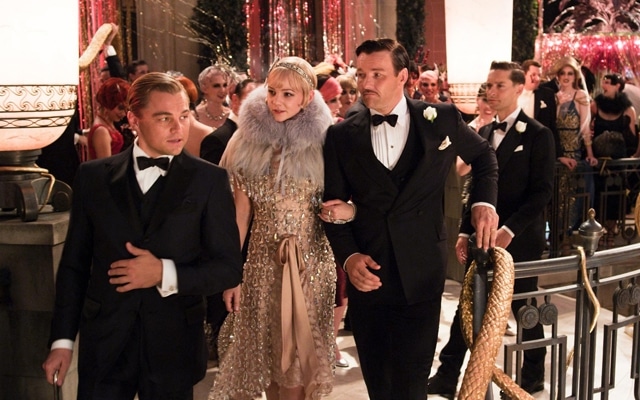
Gatsby as a Fashion Icon: The Birth of Flapper Fashions
The term ‘flapper’ emerged during the 1920’s in America and was associated with a specific social and cultural phenomenon. It also conjures images of young women in the 1920’s with a penchant for jazz, short skirts, and a daring attitude toward societal norms.
The flapper dress became a symbol of a generation’s desire for freedom, and F. Scott Fitzgerald’s fictional creation – unexpectedly became the poster child for this movement. The term gained popularity in the United States during the 1920’s and became widely used to describe a particular type of liberated and unconventional young woman. The flapper era was a period associated with ideas of liberty and social change, and following World War 1 it was marked by economic prosperity, urbanization, and a shift in traditional values.
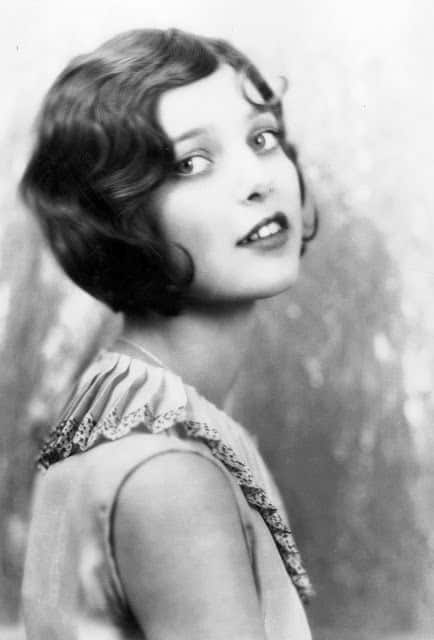
Flappers were typically young, rebellious women who embraced a more liberated lifestyle. They changed societal norms by rejecting traditional gender roles, donning fashionable clothing, and engaging in activities that were previously considered unconventional. Flappers were also known for their distinctive fashion including short skirts, bobbed hair, and loose fitting dresses rejecting modest restrictive clothing and corsets, worn by previous generations. They had a strong desire for independence and engaged in activities such as drinking, smoking and dancing, considered scandalous by traditional standards.
Not part of any feminist movement, they contributed in challenging societal expectations for women. Rejecting traditional norms contributed to the broader atmosphere of change that characterized the era. The flapper term gained popularity through literature, media and writers like F. Scott Fitzgerald who depicted flappers as symbols of the changing social landscape. But the flapper lifestyle was often associated with a sense of personal freedom and liberty who broke free from societal restraints, embracing modernity, and pursuing a more liberated existence. Their image is an endurance of the iconic representation of the 1920’s modern woman who loved to party and socially dance.

Gatsby’s sartorial choices, described in detail in Fitzgerald’s novel, were indeed a signifier of his wealth and status. He dressed in suits that were sharp, tailored to perfection, and always reflective of his larger-than-life presence. This sense of elegance influenced the male attire of the period, encouraging a move towards more sophisticated and refined ensembles.
The story of Gatsby’s gilded lifestyle didn’t take long to leap off the pages and into the hearts of 1920’s America. Moving beyond the bounds of mere literary fascination, his character informed the actual fashion choices of the day. It’s not a stretch to say that Gatsby helped set the wheels in motion for the sartorial wave that would sweep across the flapper era, inspiring not only the mindset, but also the way men at the time, chose to present themselves.
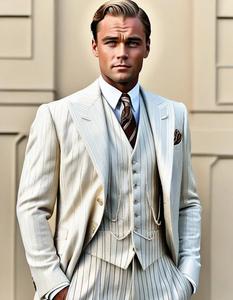
The Jazz Age Wardrobe: Gatsby’s Role in Women’s Flapper Style
Flapper fashion, which emerged during the 1920’s, was a radical departure from the more conservative styles of previous decades. It was characterized by a rebellious spirit and a desire to break free from traditional societal norms. This sartorial shift was significantly influenced by Jay Gatsby’s flamboyant lifestyle. Picture dazzling dresses drenched in sequins, swinging fringes that catch the light as women danced the Charleston, and the iconic bob haircuts – these are the hallmarks of the flapper look.
This flapper look had a purpose and meaning, as each part of the ensemble spelt a sense of liberation for women. Here are some key elements of flapper fashion.
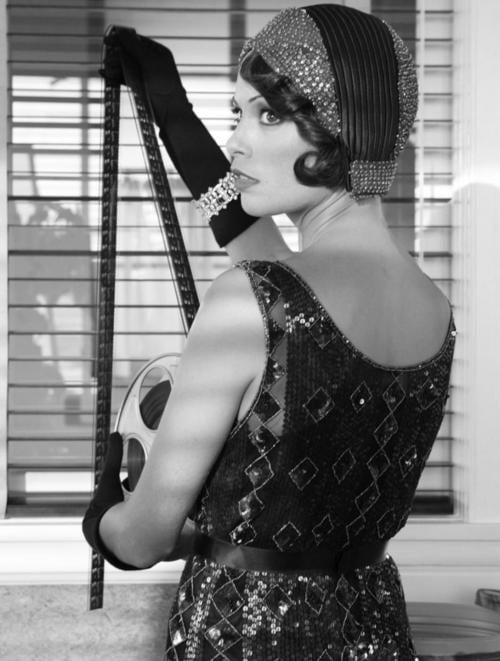
*FRINGES – These were a defining feature of the flapper dress, with long dangling beads or strands of fabric attached to the hem created a sense of fluid movement accentuated by the wearer during social dancing. To purchase some chic styles of flapper dresses look here online. They also offer plus size in the roaring flapper styles at Zapaka Vintage.
*BEADS – Beaded embellishments were commonly used to adorn flapper dresses and came in various shapes, sizes and colours creating intricate patterns and designs on the fabric. They added a touch of glamour and luxury as they shimmered under the lights creating a festive and opulent atmosphere. The intricacies of the beading showcased the craftsmanship of the garments and reflected a sense of freedom and expression.
*BOB HAIRCUTS – Represented a break from traditional gender norms and the modern independent woman of the 1920’s. Cut above the shoulders, the style featured straight lines with a sleek modern look. A departure from the long, flowing hair that was popular in early decades. It was not only a fashion statement, but also a social and cultural statement, challenging conventional ideas about femininity and beauty. The length of hair suited the more active and dynamic lifestyle of flapper women.
Women’s fashion during this time captured the spirit of the Roaring Twenties and symbolized a break from traditional norms, but was often considered the embodiment of rebellion and a reflection of the era’s societal changes.
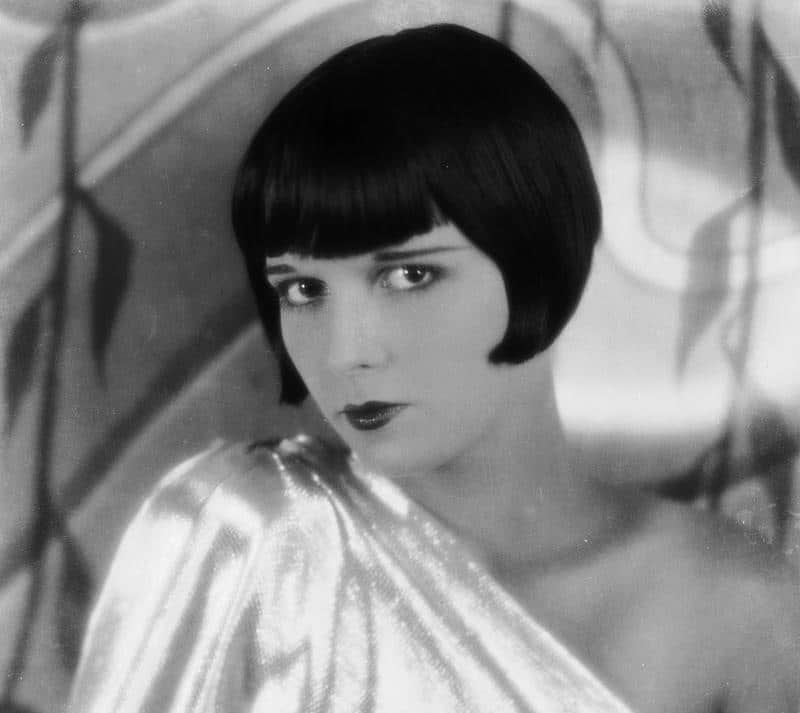
Flapper dresses were the epitome of fashion and were designed shorter for comfort and ease of movement. The free flowing boyish silhouette of flapper dresses was a direct rebellion against the Victorian and Edwardian ideals of femininity and hemlines were especially provocative, challenging conventional standards of modesty. These dresses displayed open arms with either short or no sleeves, and lower necklines with open backs adorned with intricate details. However a sense of liberation was reflected as they rejected past conservative ideas about female modesty. Flappers were characterized by using fabrics such as silk, chiffon, and satin draped loosely over the body, contributing to the fluid and dynamic movement of the dress.
The choice of lightweight and flowing fabrics symbolized a departure from the heavy, structured textiles of earlier decades. These light materials contributed to the sensory rebellion against the constraints of traditional clothing. Embellishments such as beads, sequins, and fringes were common and added a touch of glamour to the garments, but were also a visual representation of the Jazz Age’s extravagance and hedonism. The shimmering and sparkling details reflected a celebratory, but carefree spirit of the Roaring Twenties. And the emergence of the “Bob” hairstyle became a symbol of modernity, and a visible rejection of traditional gender roles and expectations, conveying a sense of independence and confidence. The combination of fringes, beads, and bob haircuts created a distinctive look that is still iconic and recognizable today as a symbol of the Roaring Twenties. Accessorize your outfit with these options online. Beaded accessories or ensembles, have been recreated for the contemporary flapper – and you can purchase some of them through this online store.
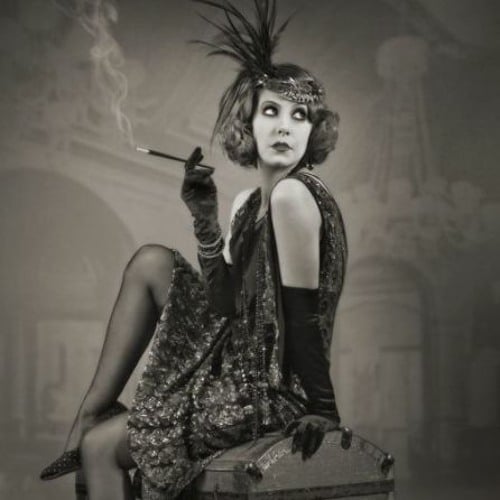
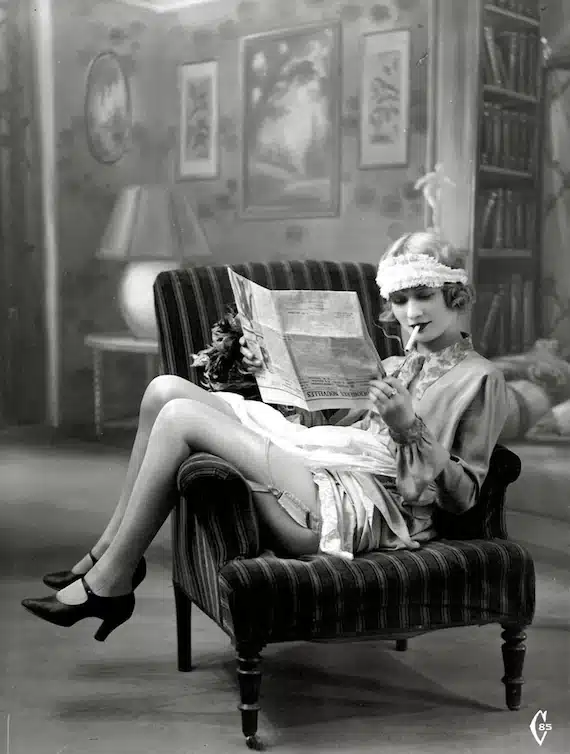
Gatsby’s parties as detailed in the novel – are vividly depicted as opulent affairs filled with excess, decadence, and a carefree spirit. The atmosphere of these parties had a profound influence on the development of the flapper, which became a blueprint for the flapper aesthetics. His parties were known for their lavishness and decadence with flowing champagne, live jazz music, and extravagant decorations, created an atmosphere of hedonism and indulgence. This influenced the flapper aesthetic by inspiring a desire for luxury and excess, so dressing was according to the opulence of social events – hence the saying “Dress to Impress”. Outfits worn were daring and bold with plenty of embellishments, embracing a more liberated style. These choices became a blueprint for flapper aesthetics which mirrored the bold and unconventional styles seen at Gatsby’s soirees. They also had footwear which allowed them to dance all night in any situation – these shoes are reminiscent of what can be sort online today.
Gatsby’s parties in the novel were characterized by a sense of freedom and escapism, with guests engaging in uninhibited dancing, music, and socializing, breaking away from the traditional societal norms. While witnessing this freedom of expression, the flappers embodied a spirit of rebellion and liberation while breaking free from the constraints of traditional fashion. Set during the Jazz Age, the novel explores a period marked by a cultural explosion of music, dance, and art which played a central role in Gatsby’s parties. The influence of Jazz culture allowed the flapper to immerse in the dynamic and rhythmic nature of the music whilst portraying the fashion of the era, reflecting the vibrancy and energy. Books on the Jazz Age can be found here for a more indepth insight into the era, rated highly by readers. Gatsby’s gatherings brought together different social classes, breaking down traditional barriers to embrace modernity, and made flapper fashion more accessible and inclusive, as it represented a departure from the class distinctions in clothing.
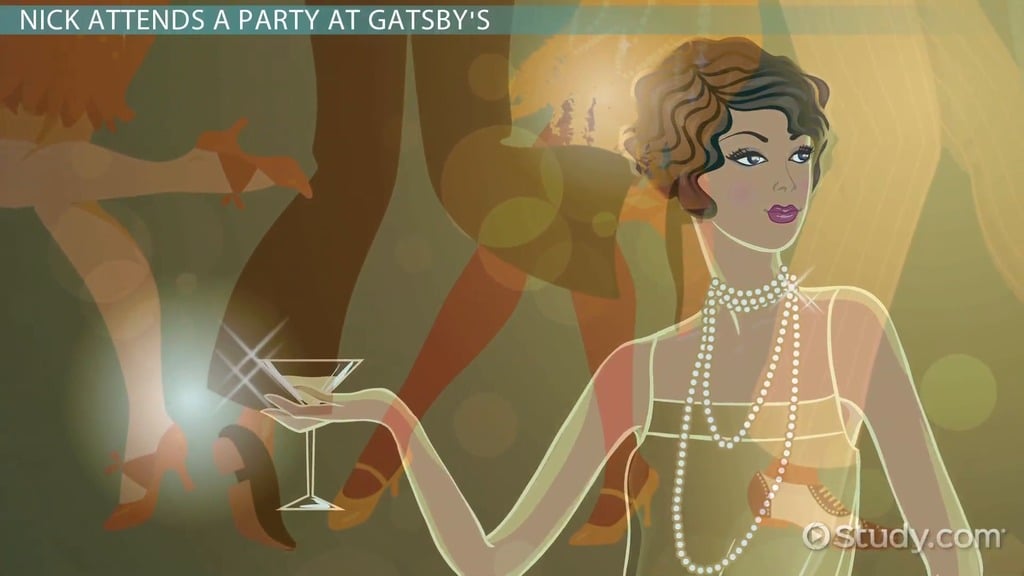
The flapper aesthetic wasn’t confined within the pages of a novel either, it spilled onto the streets, into the jazz clubs, and lit up the silver screen. Actresses like Clara Bow and Louise Brooks became style icons, their hair cropped into bobs, similar to the characters who frequented Gatsby’s fictional mansion.
Gatsby’s Enduring Elegance: Fashion’s Beacon Through Tough Times
The 1930’s marked a significant shift in the socio-economic landscape, primarily due to the Great Depression, which had a profound impact on various aspects of life, including fashion. The flapper fashion evolved in response to the economic hardships of the 1930’s, reflecting the changing social and economic conditions. The Great Depression marked a stark contrast from the exuberant Roaring Twenties, but the allure of Gatsby’s fashion influence did not fade as the economy plummeted. Instead, Jay Gatsby’s style became a beacon of hope, an aspirational symbol that people clung to amidst widespread hardship.
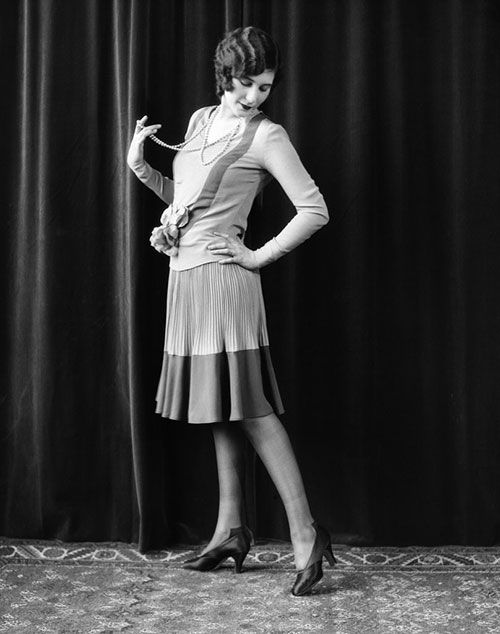
Flapper fashions, with all their sparkling excess, understandably receded as practicality took precedence. The exaggerated and loose styles of the flapper dresses evolved to more tailored and form-fitting silhouettes. Hemlines dropped, and skirts became longer, reflecting a return to a more traditional and modest look. Economic constraints led to a move towards more affordable materials. Cotton and rayon became popular choices, and embellishments were toned down with an emphasis on creating stylish looks with less extravagance. Day wear became more important as economic hardships necessitated practical clothing.
Women’s fashion shifted towards tailored suits, day dresses, and separates. Waistlines returned, and dresses became more fitted at the natural waist. This departure from the straight flapper style was a nod to the more feminine and structured look, mirroring a shift in societal attitudes. Hollywood also played a crucial role in shaping fashion during the 1930’s. With the influence of move stars and costume designers they contributed to the adoption of more elegant and tailored styles. The shift in fashion was in line with a return to a more conservative and modest approach to dressing where sleeves were more prominent, and necklines became higher. The evolution of fashion during this period reflected practicality, affordability, and a return to more structured and feminine silhouettes. The changing landscape of the 1930’s influenced not only the materials used, but also the overall aesthetic, as fashion adapted to the realities of the time.
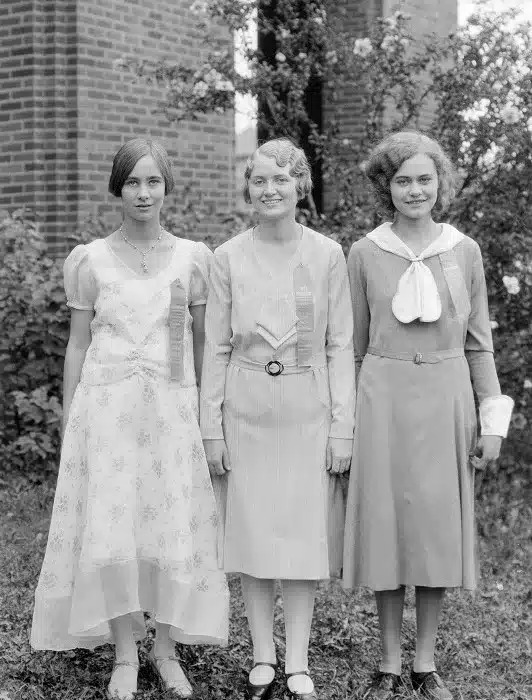
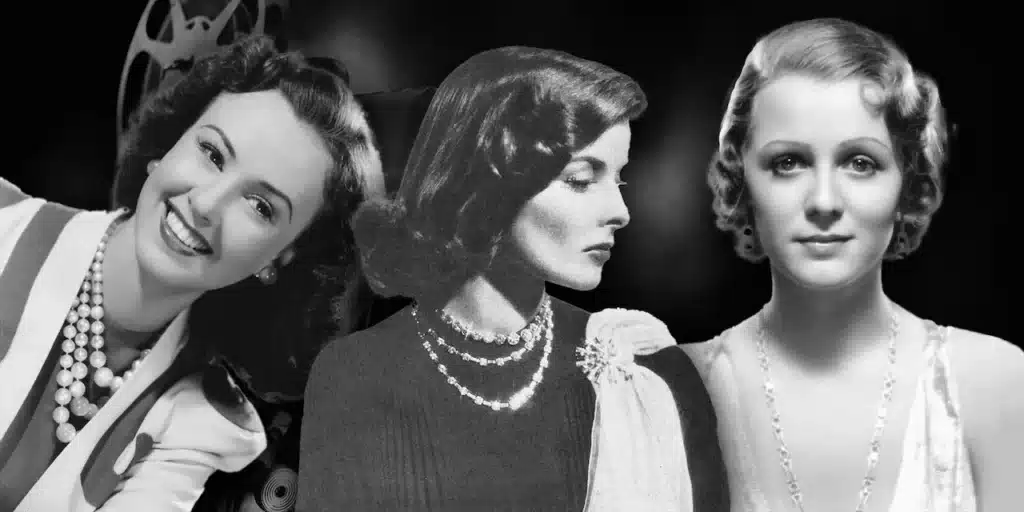
Jay Gatsby’s character and lifestyle in the novel continued to be an inspirational symbol during the Great Depression. His style represented a longing for a bygone era of prosperity and excess, creating a form of escapism for those facing the challenges of the Depression. The novel portrayed an extravagant and opulent lifestyle providing a sense of fantasy and nostalgia, offering an emotional uplift from the economic hardships of the Depression.
However, his life serves as a symbol of the American Dream and the pursuit of success. Despite the economic struggles of the 1930’s, Gatsby’s story resonated with individuals who admired ambition and perserverance. He became a cultural phenomenon, as the novel’s themes explored wealth, social class, and the pursuit of the American Dream, which continued to resonate with readers during the Great Depression. His style as described in the novel was visually captivating which contributed to the enduring cultural impact of the story. The book’s popularity kept Gatsby’s image alive as an inspirational symbol, and his resilience and determination in the face of personal and societal challenges, were seen as admirable qualities during the Great Depression.
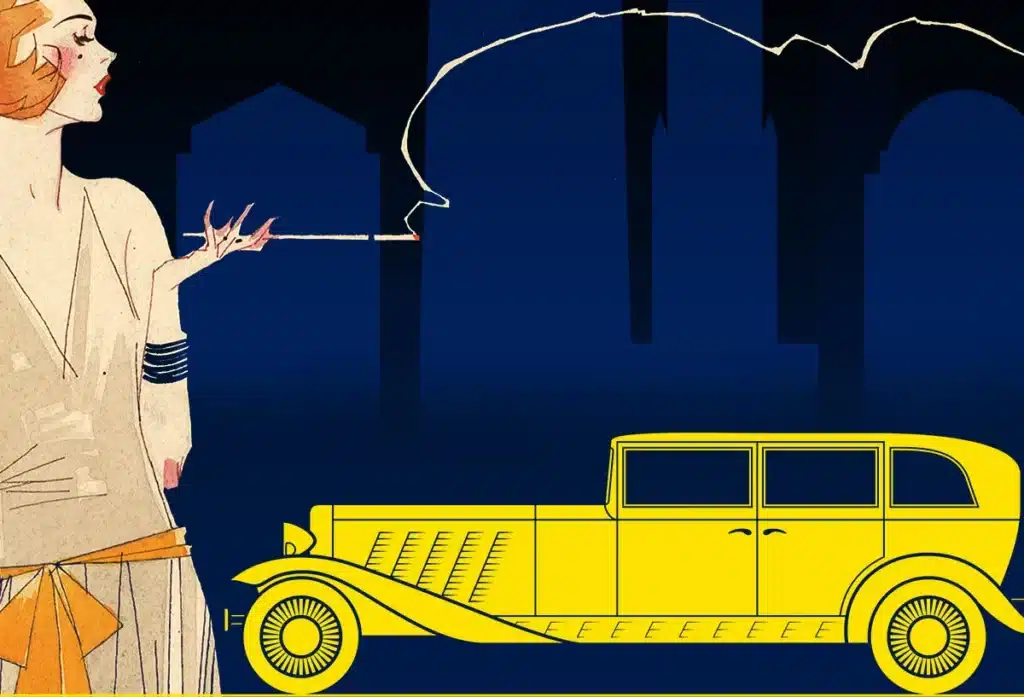
The relentless pursuit of a better life and commitment to his vision, despite setbacks, served as a source of inspiration for those navagating the difficulties of the time. The Depression saw the resilience of Gatsby’s elegance style through subtle nods in everyday attire. In men’s fashion, the sleek suits and polished shoes remained aspirational, a way to maintain dignity in the face of adversity. Women found more economical ways to replicate the flapper chic, repurposing fabrics and simplifying the once elaborate dresses. Gatsby’s influence during this period proved to be more than a mere reflection of prosperity – it was a declaration of fortitude. Reminding us that fashion is not simply the clothing one wears, but a statement about who one is, and who one hopes to be. As people faced financial ruin, the way they dressed became a small act of defiance against their circumstances.
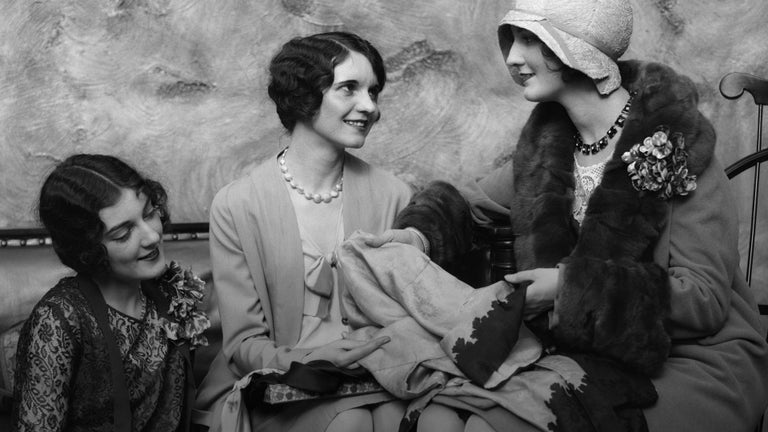
The enduring allure of “The Great Gatsby’ and it’s iconic 1920’s fashion has left a lasting legacy on modern-day style trends. Several elements of Gatsby-inspired fashion continue to influence and inspire contemporary designers and fashion enthusiasts. Elements of flapper style often make reappearances on modern runways as designers draw inspiration from the style creating modern interpretations that capture the elegance and playfulness of 1920’s fashion. The use of trims such as beading or fringes have become a recurring trend in modern fashion, adding a touch of glamour and nostalgia to contemporary designs. And, the Art Deco aesthetic has a timeless quality that continues to influence modern fashion and design, which can also be seen in interior design for the home. The use of luxurious fabrics, sequins and metallic embellishments are often incorporated into contemporary evening gowns, capturing the spirit of Gatsby’s extravagant parties.
The iconic Bob haircut has endured as a classic and chic hairstyle, has been adapted to modern variations, throughout many decades later, especially in the 1960’s. Accessories inspired by this era such as statement headbands, beaded clutches, and jewellery, continue to make a statement on runways and in everyday style. Designers also have created collections inspired by “The Great Gatsby” where the collections often feature a blend of vintage elements and contemporary designs, paying homage to the Roaring Twenties.
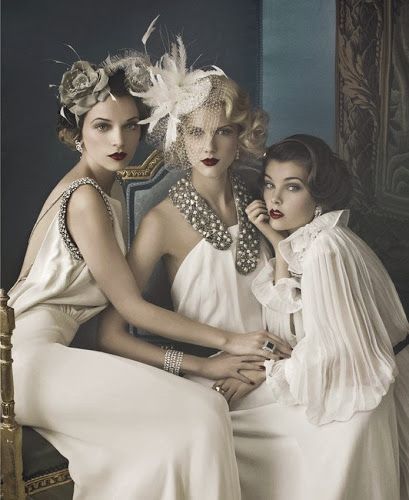
Gatsby themed parties and events remain popular, providing an opportunity for people to don flapper-inspired attire. This enduring fascination with Gatsby’s world has resulted in a continued interest in recreating the glamorous fashion of the 1920’s at parties and special occasions. Gatsby inspired items can be purchased online – as a reminder of the iconic styles of that era.
The Great Gatsby has become a cultural touchstone over time, influencing various forms of literature, art, and popular culture. It has been adapted into multiple films, stage productions and has inspired musical compositions. The book’s style of writing with it’s exploration of individual consciousness aligns with the modernist movement of early 20th century, and has had a lasting effect on subsequent American Literature. Despite it’s historical context, the novel’s themes of love, wealth and pursuit of the American Dream are timeless, and resonates with readers across generations, contributing to it’s enduring popularity and cultural significance.
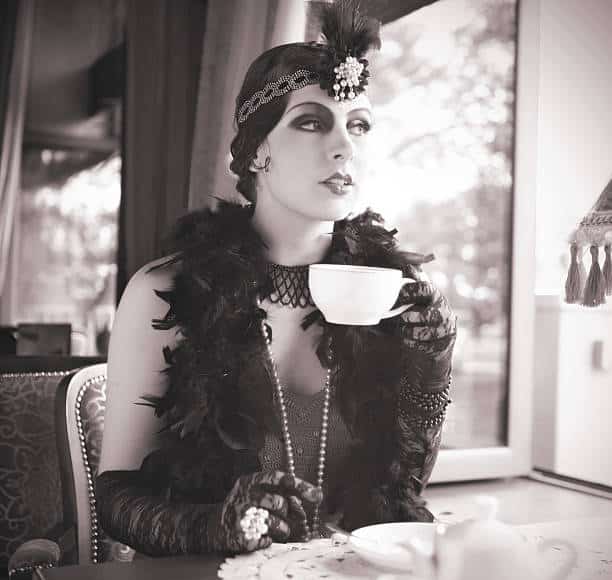
I have enjoyed bringing you this fascinating and compelling look at Gatsby’s influence on Flapper Fashion, and hope it has inspired you to create an ensemble that brings out your inner flapper.
Best wishes,
Helen
Connect with us via our socials or get in touch below:
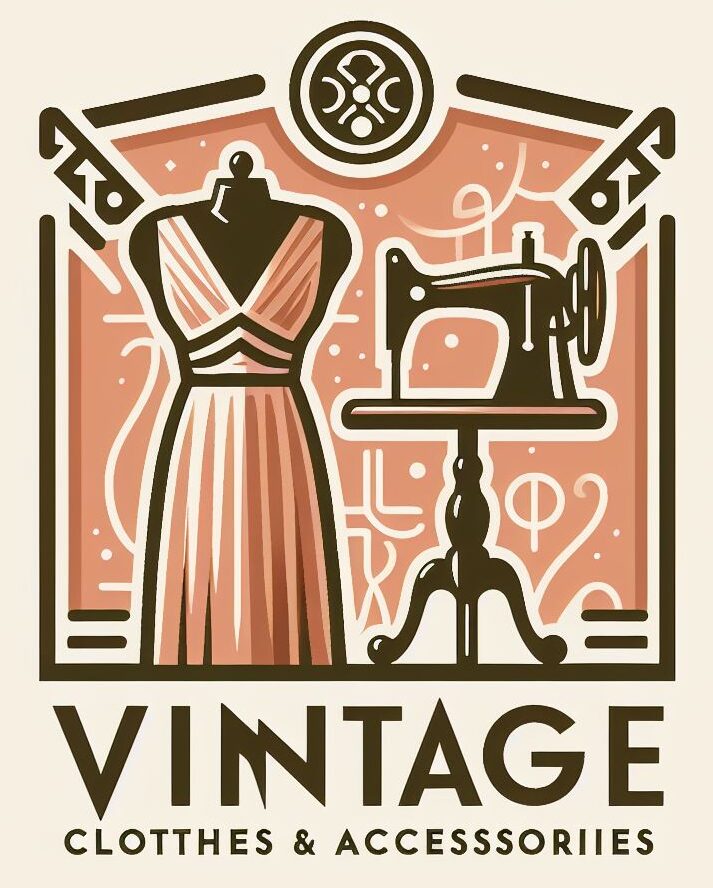
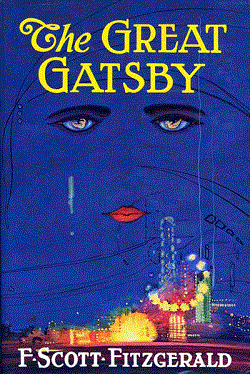
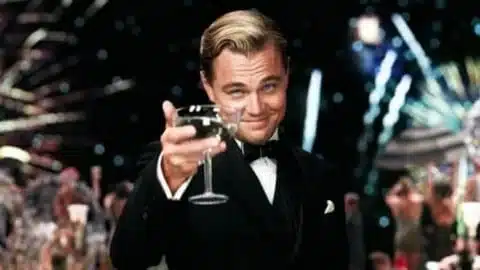

Wow, what a great write up. The well to do women wore lovely outfits in that era, and not a hair out of place.
Indeed, an incredible time for the very affluent.